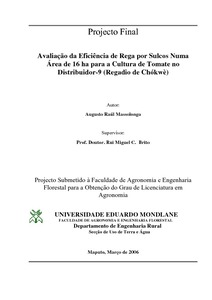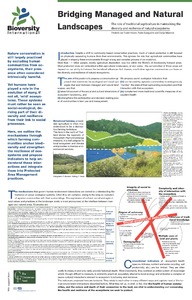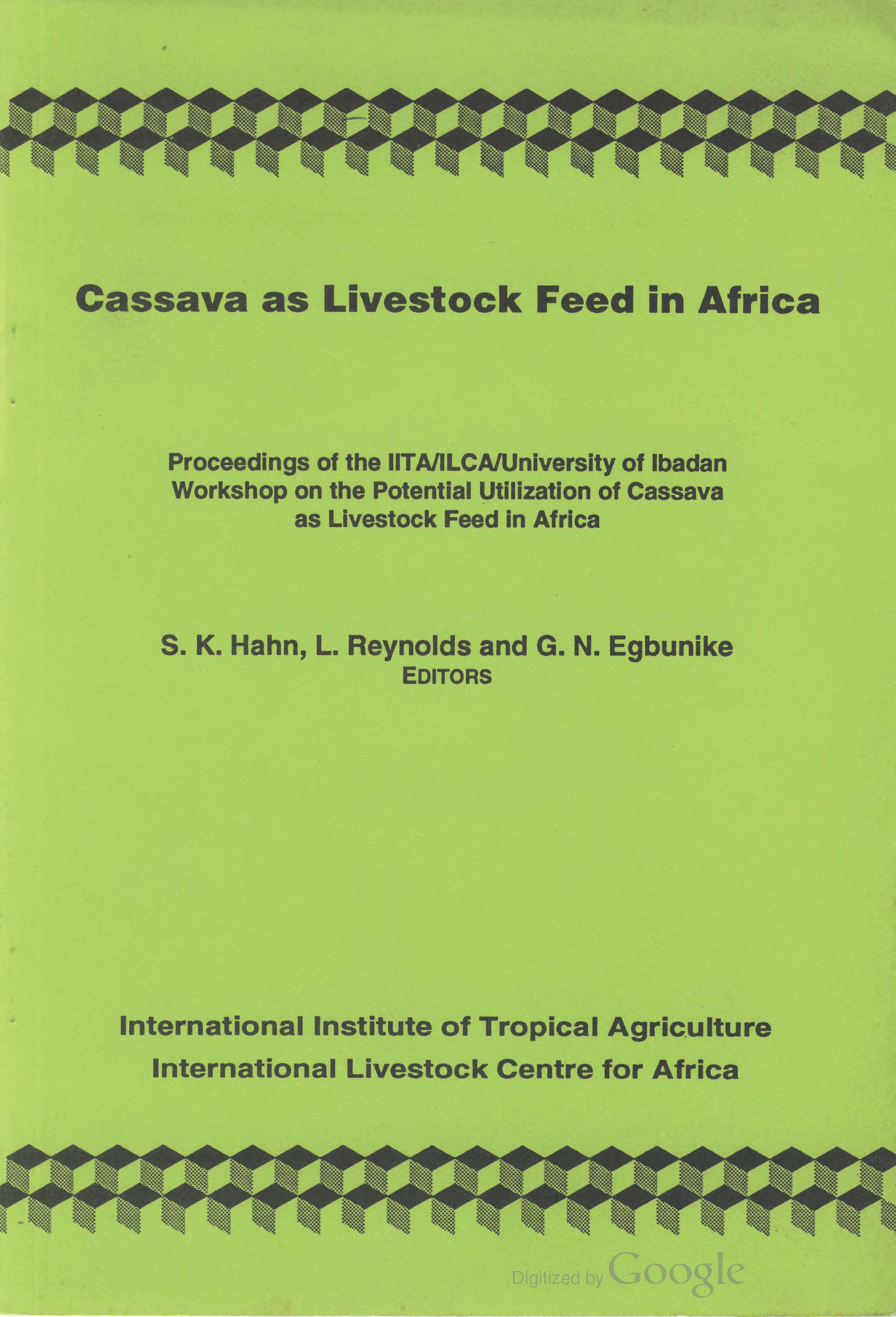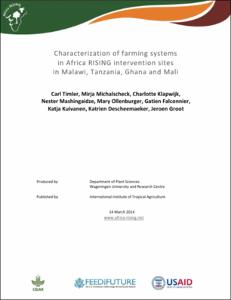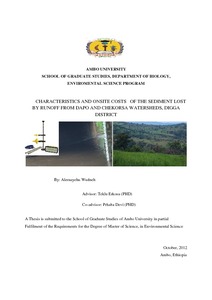Avaliação da Eficiência de Rega por Sulcos Numa Área de 16 ha para a Cultura de Tomate no Distribuidor-9 (Regadio de Chókwè)
Aus-Aman cropping system: A new approach for increasing cropping intensity ?in southwest coastal Bangladesh
Biodiversity, carbon stocks and sequestration potential in aboveground biomass in smallholder farming systems of western Kenya
While Carbon (C) sequestration on farmlands may contribute to mitigate CO2 concentrations in the
atmosphere, greater agro-biodiversity may ensure longer term stability of C storage in fluctuating
environments. This study was conducted in the highlands of western Kenya, a region with high potential
for agroforestry, with the objectives of assessing current biodiversity and aboveground C stocks in
perennial vegetation growing on farmland, and estimating C sequestration potential in aboveground C
Cassava as livestock feed in Africa. Proceedings of a workshop
The aim of the workshop is to collect information on traditional African processing technologies with emphasis on cassava as a livestock feed, to review the marketing and economics of cassava by-products, to recommend strategies for future research and development on the processing and utilization of cassava as a livestock feed, and to disseminate up-to-date information on cassava.
Characteristics of urban and peri-urban agriculture in West Africa: results of an exploratory survey conducted in Tamale (Ghana) and Ouagadougou (Burkina Faso)
The report summarizes key results from surveys carried out on urban and peri-urban agriculture (UPA) in Tamale (Ghana) and Ouagadougou (Burkina Faso) in 2013. The aim was to provide a broad overview of the state of UPA in the study cities and a basis for future research endeavors. The randomized sampling approach used aerial photography to identify 10 sites in different categories of farm in each city. Farmers provided information on their cropping and livestock-rearing activities.
Characterization of farming systems in Africa RISING intervention sites in Malawi, Tanzania, Ghana and Mali
Characteristics and onsite costs of the sediment lost by runoff from Dapo and Chekorsa Watersheds, Digga District
This study conducted in two sub catchments of the Abay Basin identified the quantity and quality of sediment loss and its origin though most studies conducted in Ethiopia focus on quantification of soil loss. Also, the onsite economic cost in terms of yield reduction was estimated taking maize (Zea mays) as representative crop. For this purpose, two monitoring stations were selected at the outlet of the two watersheds. Depth integrated runoff samples were collected during the rainy season in 2011 while discharge of the Rivers was estimated from staff gauge-discharge relationship.
Classification and description of the major farming systems incorporating ruminant livestock in West Africa
A classification of the major ruminant livestock production systems in West Africa is proposed. The proposed typology has two major classes of systems-sole livestock and crop-livestock. The sole livestock class has two systems (rangeland-based and landless) and the crop-livestock class has three sub-classes (annual crop-livestock, tree-crop-livestock and irrigated/flooded cropland-livestock). Within the 3 crop-livestock subclasses 13 systems defined by the dominant crops are identified.


